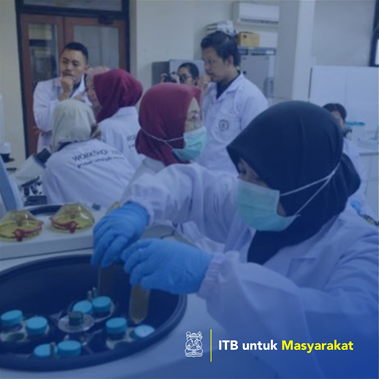

Rindia Maharani Putri
Although silica samples are abundant in the earth's crust, only a small portion can be applied directly right after the process of separation and purification. Meanwhile, porous structure and specific surface properties of silica are highly required for commercial applications such as filter agents, catalysts, or ion exchange materials. Therefore, silica from the earth's crust must be processed on a large scale in industry, while this would require complex reaction conditions and high temperatures. As the demand for silica-based materials and products continues to increase, research on silica production continues to grow over time. Silica is one of the most attractive materials in the field of nanotechnology. Diatom silica is usually purified from diatom cells through several treatments. So far, combustion in the furnace has been an important step in removing organic compounds from diatom cells. Similar research conducted revealed that before the combustion stage, diatom cells need to be washed using acid. This stage is efficient enough to remove metal ions in the diatomic biomass. The combination of the two diatomic silica isolation methods, acid washing and combustion, is an effective method for obtaining the morphology of high purity diatomic silica. In conjuction with the event of Gruber-Soedigdo Lecture (GSL 2019) organized by Biochemistry Division of FMIPA ITB, our team gaied a kh eiled DzIlaiǡ Purification, and Characterization of Biilica fm Tical Micalgaedz. The workshop took place on November 6-7th 2019 and was located at the PAU building and CAS building of ITB. The event was attended by 9 participants from various universities in Indonesia.
Penerapan Karya Tulis, Pelaksanaan Kegiatan Kepedulian Sosial berupa pendidikan/penyuluhan/pendampingan
Silica from the earth's crust must be processed on a large scale in industry, while this would require complex reaction conditions and high temperatures.